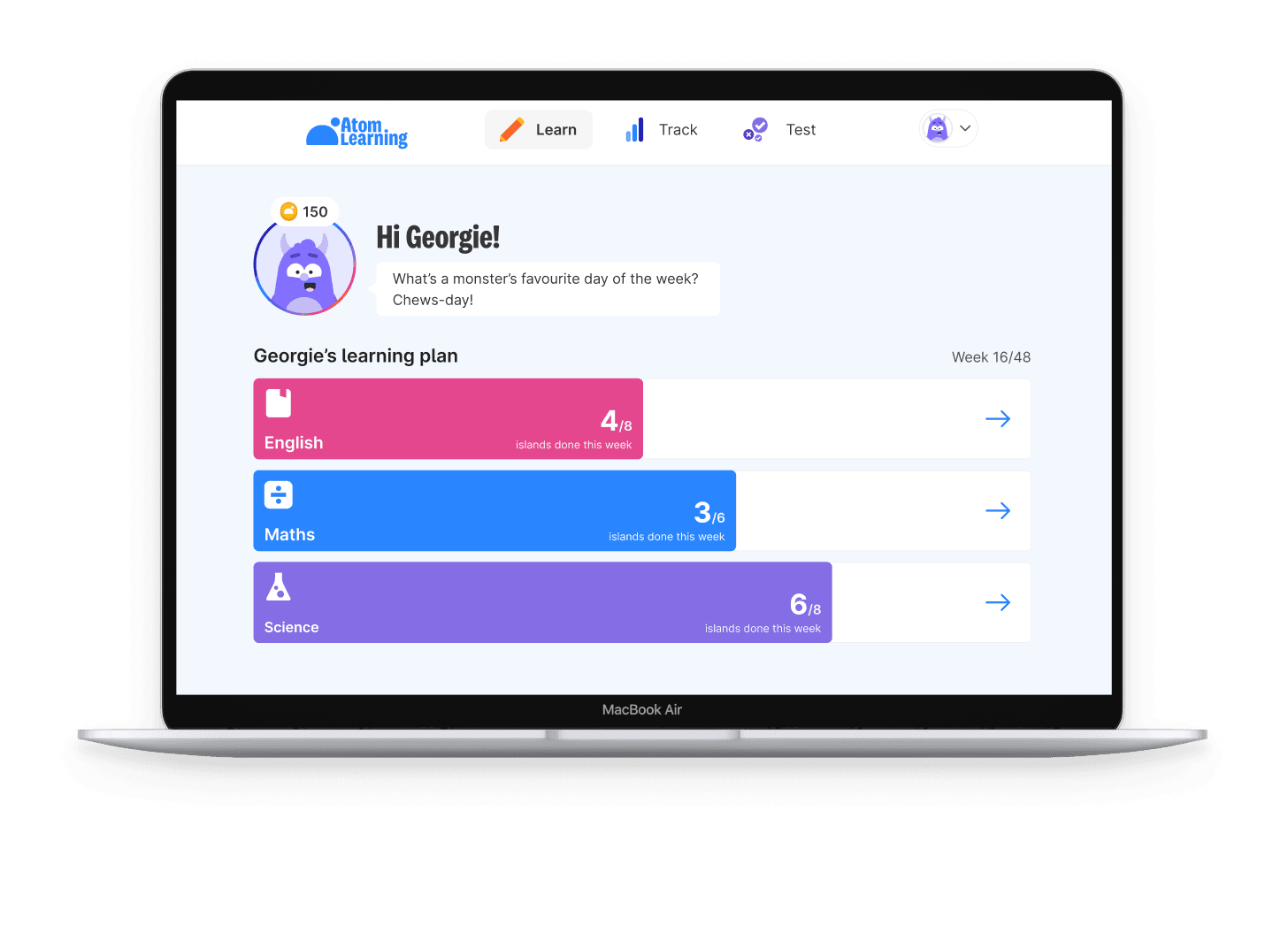Contents
If you have a child in Year 6, they'll take SATs exams in May. Learn all about Year 6 SATs, download past SATs papers and get helpful resources to prepare here.
What are the Year 6 SATs?
Year 6 Standard Assessment Tests (SATs) are designed to assess your child’s knowledge of the Key Stage 2 national curriculum. They're taken in May of Year 6, when children are 10 or 11. The exams test children's understanding of what they have learned during the second stage of primary school, in Years 3, 4, 5 and 6 (ages 7–11).
SATs are compulsory at state primary schools in England. Private prep schools can choose whether pupils take SATs.
What do the Year 6 SATs cover?
The 2025 Key Stage 2 SATs cover these key learning areas:
English reading
English spelling, punctuation and grammar
Maths
Teacher assessments are also used to test children's performance in writing, speaking and listening, and usually science.
Are the Year 6 SATs important?
SATs are important to give teachers and parents an insight into children's strengths and areas for development. The results help teachers understand which pupils need extra support as they prepare to finish primary school and start secondary school. They're also used by the government to review the quality of education at schools across the country.
Some secondary schools use Year 6 SATs results (alongside Year 7 CAT exams) to help group students into sets or streams. Being confident and prepared for SATs will in turn help your child to enter Year 7 in a high set.
When are SATs in 2025?
The Key Stage 2 SATs are timetabled from Monday 12th May to Thursday 15th May 2024.
English paper 1: SPAG test (grammar and punctuation) – 45 minutes, worth 50 marks
English paper 2: SPAG test (spelling) – 15-20 minutes, worth 20 marks
Year 6 SATs past papers (2024)
Free SATs resources
How are the Year 6 SATs marked?
After taking the test in May, the Year 6 SATs papers are marked by external markers instead of your child's teachers. You should get your child's SATs results during the first two weeks of July.
The new SATs marking scheme is based on age-related expectations. For each SATs paper, your child will get:
A raw score
A scaled score
An outcome code
Schools usually give parents the scaled score, outcome code or both. You are unlikely to be given your child's raw scores.
It used to be that children were given a national curriculum level from 1–6. They were expected to achieve at least a level 4 in English, maths and science by the time they left primary school. There were concerns that these levels were vague, unhelpful to parents, and could cause children to develop a fixed mindset about their ability for learning.
In most schools, the old levels scheme has been replaced with age-related expectations. Teachers use statements to describe in which areas children have achieved expectations for their age and areas where they may need more support. For example:
Working within the expected level of attainment for their age
Working towards the expected level of attainment
Working below the expected level of attainment
Working beyond the expected level of attainment (at greater depth)
Complete SATs revision with Atom
The most reliable way to perform well in the SATs is to build a stable understanding of the Key Stage 2 curriculum. Atom is a home learning programme created by teachers, designed to help your child build knowledge and confidence across English, maths and science.
You'll get:
70,000+ interactive questions
Helpsheets and tutorial videos
500+ hours of video lessons
Easy progress tracking
Try Atom for free
Get ready to shine in Year 6 SATs. Try Atom free for 5 days – cancel anytime.
Here to help
We're here to answer any questions you have about the Year 6 SATs in 2025. To discuss your child’s progress with a SATs expert, get in touch.
Contents

